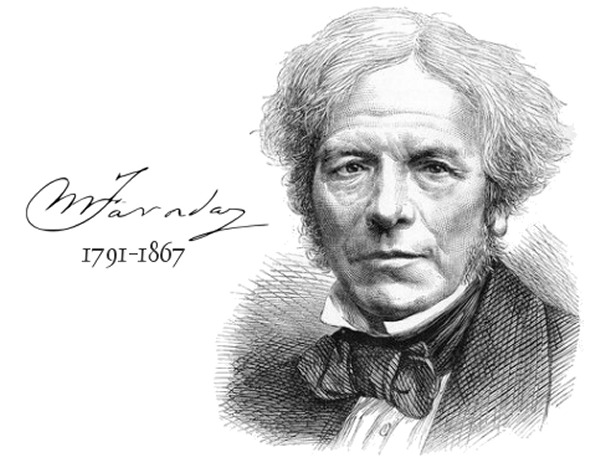
THE FARADAY PARADOX

The Faraday Paradox was one of the first things discovered about electromagnetism, by Michael Faraday in 1851. He found that if a disc is rotated in front of a bar magnet, then an emf is produced. This arrangement is known as a homopolar machine. BUT if the disc and bar magnet are glued together, then the same emf is produced even though there is no relative motion between the two. Faraday explained this by saying that the magnetic field is "fixed in space" even though the magnet rotates. Another way to think about it is that the relative motion is between the disc and the external circuit, not between the disc and the magnet.
Many experimenters have been fascinated by this ever since. Some think that there is no "back torque" (which in fact comes from the external circuit) and are looking for an energy scavenging system. Others think that existing electromagnetic theory is only a special case of what is possible. One famous inventor who recommended further study of the homopolar machine as an energy scavenging system was none other than Nicola Tesla!
One of the theoretical study advocates is A.G. Kelly, who did some experiments showing that the emf with a co-rotating magnet can be different than with a fixed magnet. This depends on the exact routing of the wires from the brushes to the load. He did not appear to realize the profound implications of this, and was more worried about awkward questions from students than the possibility for spectacular new inventions. His paper is linked below.
I was very excited by the possibilities of the A.G. Kelly system, so attempted to replicate his experiment. I built an (almost) exact copy of his apparatus, and may be seen operating it in the YouTube video below. I wrote it up as a Freshman Physics type of experiment (also shown below), and it makes a fine demonstration of the Faraday Paradox. However, I was unable to replicate Kelly's results and could not observe the slightest difference between a fixed magnet and a co-rotating magnet, no matter how I routed the wires.
IF YOU CAN REPLICATE KELLY'S RESULTS, I WOULD VERY MUCH LIKE TO KNOW ABOUT IT!
I may be contacted at faraday@emmanuelavionics.org
My YouTube Video:
My Experimental Report:
The A.G. Kelly Paper that inspired this project:
A.G. Kelly Biographical Details - he seemed to live a long and productive life:
Explanation of Faraday Paradox by John S. Denker, a fellow aviator and Faraday Paradox enthusiast:
Wikipedia entry for the Faraday Paradox:
Some electromagnetics experiments by Quentin Bristow, another electromagnetics enthusiast. He has a primitive low speed rail gun as well as some Faraday Paradox stuff, and he alerted me to the Kelly paper:
HOW MIGHT I REPLICATE KELLY?
If you are a home tinkerer, there are a number of things that would be just as useful as an exact replication:
1) Any homopolar machine with two different voltages derived from a single brush.
2) Any sculpture of batteries, wire and magnets that generates a net torque when switched on. This should be placed in a tin can, suspended by a thread, and switched on. If it twists when switched on, it'll do! No fair using the earth's magnetic field. Such a sculpture would demonstrate an inequality between the forward torque (e.g. from the disc) and the back torque (e.g. from the external circuit).